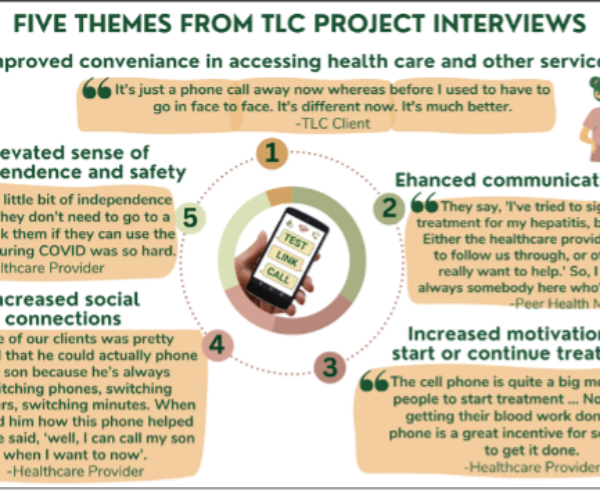
SEPTEMBER 5, 2024. By Amrit Tiwana, Nicola Gale, and Sofia Bartlett. People who experience criminalization, such as those who have been incarcerated,Read more
Prisons, unfortunately, play a role in concentrating, amplifying and disseminating sexually transmitted and blood-borne infections (STBBIs) to people who are incarcerated and to the greater community. This is due in part because (a) people who are incarcerated are disproportionately affected by STBBIs, and (b) there are usually limited or inconsistent policies and guidelines around testing STBBIs in correctional facilities.
To address this, we have created a suite of educational tools and resources that are aimed at corrections staff such as Wardens, Correctional Officers, and Programs Officers.
STBBIs are a collection of infections that are usually transmitted through certain sexual activities or through blood-to-blood contact. STBBIs that are commonly tested for in corrections and how they’re relevant for your work. These STBBIs include chlamydia, gonorrhea, syphilis, hepatitis A, B, and C, and HIV.
Some STBBIs are bacterial and some are viral
Bacterial STBBIs
Working in correctional facilities does not put you at risk for coming into contact with bacterial STBBIs, but testing for them is recommended for people who are incarcerated as well as for everyone in the province who is sexually active. Bacterial STBBIs:
Viral STBBIs
Viral STBBIs include Hepatitis A, B, and C, as well as HIV. The Hepatitis viruses directly impact the liver, whereas HIV is a virus that attacks and weakens the immune system – your body’s defence against illness.
Transmission
Some STBBIs, but not all, can be transmitted through things like: needle stick injuries, breaking up fights, responding to overdoses, contact with vomit or feces.
For HIV or hep C to be transmitted, three things are required – if one of these things are missing, there is no risk for transmission. The three things are:
1. Fluid (for hepatitis C = blood; for HIV = blood, sexual fluids, breast milk)
2. Activity (see below)
3. Route (for hepatitis C = blood-to-blood contact; for HIV = through puncture, cut, tear, tissue of rectum, vagina/cervix, some areas of the penis)
HIV
Activities that are likely to pose a risk for transmitting HIV include:
Hepatitis C
Activities that are likely to pose a risk for transmitting hepatitis C include:
The News & Stories page include blogs written by team members, news, project updates and past and upcoming events.

SEPTEMBER 5, 2024. By Amrit Tiwana, Nicola Gale, and Sofia Bartlett. People who experience criminalization, such as those who have been incarcerated,Read more
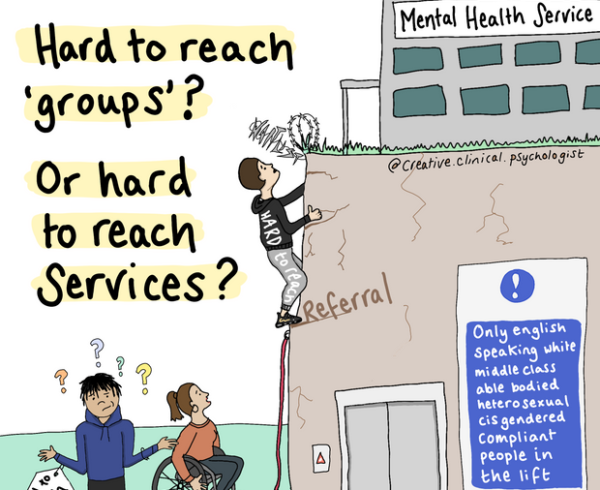
AUGUST 2024. By Nicola Gale, RPh (APA), MPH. More about Nicola Gale. Nicola Gale is a clinical pharmacist with an out-patient liverRead more

By Pacific Public Health Foundation NOVEMBER 8, 2023, Pacific Public Health Foundation Test, Link, Call: a simple premise with a powerful purposeRead more

By BC Ministry of Health JULY 30, 2023, BC Ministry of Health Communications People in B.C. will be better protected against theRead more
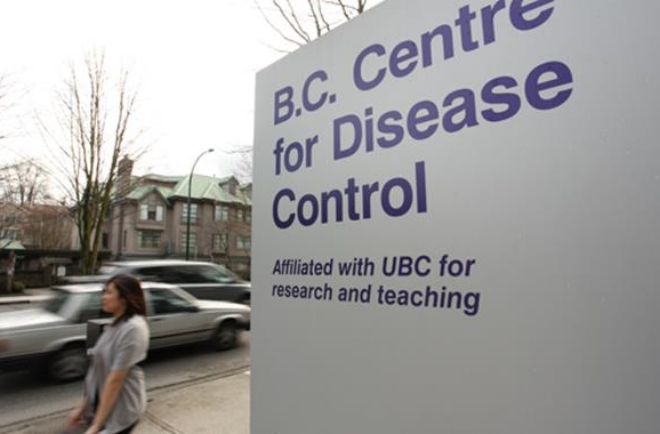
The You Matter Pathways to STBBI Care project is funded through the Public Health Agency of Canada …
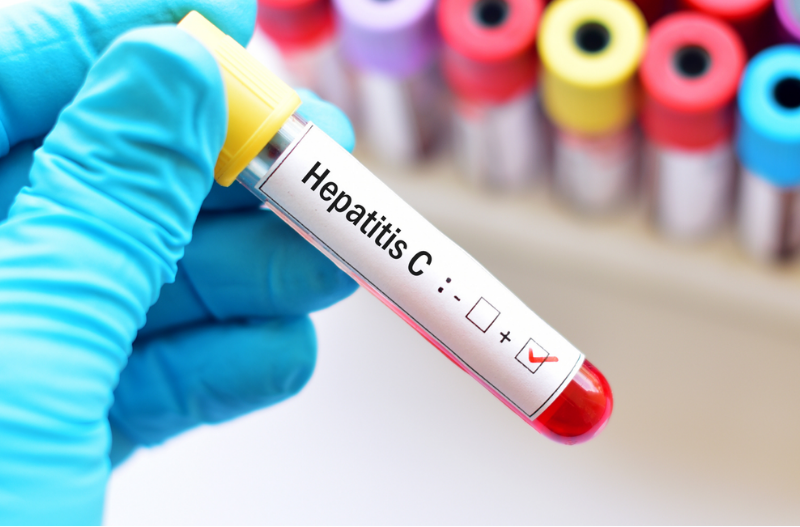
We recently received funding for the Test, Link, Call (TLC) Project which will be launched in Fall 2021 …
Link to conference
https://www.aasld.org/the-liver-meeting/program/digital-experience
